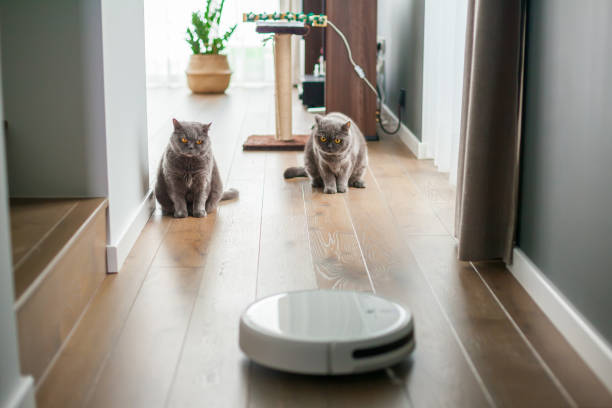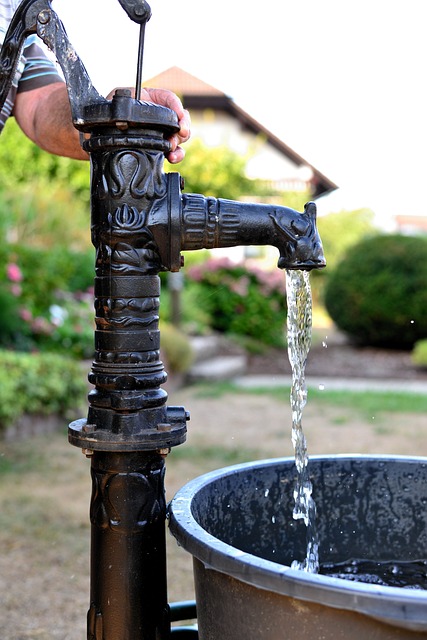"Smart Dust: Tiny Tech That’s Making a Huge Impact"
Introduction: Just when we thought technology couldn't get any smaller, along comes Smart Dust. This revolutionary technological leap is set to change the way we interact with the world, from surveillance to environmental monitoring, and even healthcare. So, what is Smart Dust, and why should we care? Let's dive in and examine the micro world of these tiny tech marvels.

A Brief History of Smart Dust
The concept of Smart Dust was first proposed in the early 1990s by researchers at the Defense Advanced Research Projects Agency (DARPA) and the Research And Development Corporation (RAND). The idea was to create tiny, autonomous sensors that could collect and transmit data on a variety of factors, from temperature and humidity to light levels and motion.
Over the years, advancements in micro-electro-mechanical systems (MEMS) and wireless communication have turned this science fiction concept into a reality. Today, Smart Dust devices, also known as “motes”, are as small as a grain of sand yet packed with a range of sensors, a microprocessor, and a wireless transmitter to relay the gathered data.
The Current State of Smart Dust
Smart Dust has come a long way since its inception. Researchers have managed to shrink these devices to a size smaller than a millimeter, and they’re getting smaller. Earlier this year, a team from the University of Michigan announced the creation of the world’s smallest computer, measuring just 0.3mm to a side—smaller than a grain of rice.
These tiny devices are designed to work in a swarm, collectively gathering and transmitting data. They’re currently being used in a variety of fields, from environmental monitoring and precision agriculture to healthcare and security.
The Potential of Smart Dust
One of the most exciting applications of Smart Dust is in the area of health care. These tiny devices could potentially be swallowed or injected into the human body to monitor vital signs or even deliver targeted drug treatments. This could revolutionize the way we approach medical diagnostics and treatments, offering a level of precision and personalization that was previously unimaginable.
In addition, Smart Dust could play a significant role in environmental monitoring. By scattering these tiny sensors across a vast area, scientists could collect detailed data on temperature, humidity, light levels, and more. This could provide invaluable insights into climate change and help us better understand and protect our planet.
Pricing and Market Impact
While it’s difficult to estimate the exact cost of Smart Dust, it’s clear that the market for this technology is growing rapidly. According to a report by BIS Research, the global Smart Dust market is projected to reach $1.25 billion by 2023, growing at a compound annual growth rate (CAGR) of 32.1% from 2017 to 2023.
This growth is driven by the rising demand for miniaturized electronics, the growing need for real-time data analysis, and the increasing emphasis on remote health monitoring. As the technology continues to advance and become more affordable, we can expect to see Smart Dust playing an increasingly important role in our lives.
Final Thoughts
Smart Dust is a prime example of how advancements in technology are reshaping our world. These tiny devices have the potential to transform a variety of industries, from healthcare to environmental monitoring. While there are still challenges to overcome, such as power sources and data security, the future for Smart Dust looks bright. Stay tuned for more exciting developments in this fascinating field.




